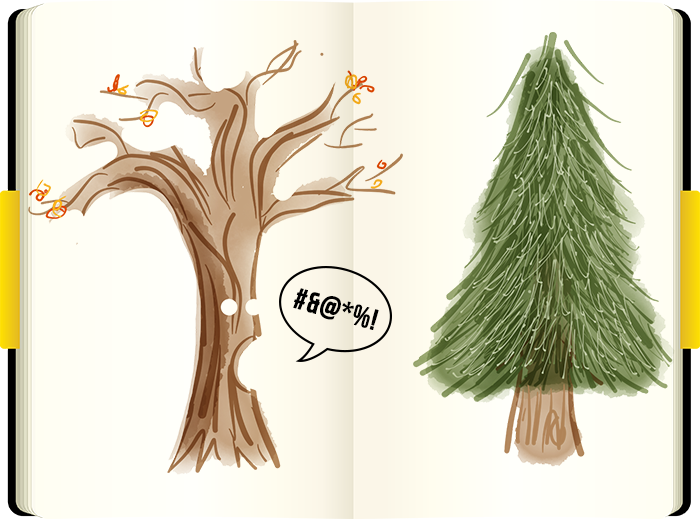Evergreen content is content that will be just as useful or interesting to readers in a month, six months, or five years from now.
History
Evergreen content was originally a concept developed in print media to describe topics that never go out of demand. The kings of evergreen content are fitness magazines that basically run reworked versions of the same “lose weight and build muscle fast” articles every month of every year.
Online
However, online evergreen content is (most often times) much more useful. If you write the definitive solution to a common problem, then your solution will be visited again and again for as long as that problem exists.
Good evergreen content topics
The best online evergreen articles are how-to or informational articles about products that change slowly, or not at all. For example, hot tub maintenance is a great topic because, while new luxury technologies are introduced all the time, the majority of hot tubs follow the same basic design and operating procedures as hot tubs did in the 1980s.
By contrast, anything to do with computers or cars is not usually evergreen content. Most software is obsolete in five years, while car parts and models last ten years on the market at most. If your product becomes obsolete at a similar pace, focus on constantly refreshed new content instead of high-quality evergreen content. Evergreen content only turns high profits over the long run.
How to Create Evergreen Content
The first thing to do is to find a writer. Find out whether your company already employs any expert writers. The advantage of asking an in-house person to write your content is that your articles will be written from the perspective of an experienced professional. If you can’t do it in-house, hire a professional content writer to do it for you.
The next thing to do is work with your writer to develop article topics that attract leads. Use web tools like AdLuge to determine which keywords you want to compete for. Develop an overall content strategy.
Measuring Success
You can put a unique form on each page and also include a separate call tracking number if you really want to get serious about measuring the return on your content, but it may not be beneficial. Evergreen content isn’t necessarily designed to capture leads; think of it more in terms of link bait and webpages that will give your site better visibility in search.
Check your analytics and every month, prune the content topics that aren’t working and focus on the ones that are. You will end up with a lean, high-value, long-lasting backlink profile that only requires periodic maintenance.



I’m surprised by this. I always thought people would get tired of the same content posted. So basically, evergreen content is more for the long term residual type content, that gets the most views over time?
Thomas, evergreen content is definitely long-term content. People will forever look up “how to teach my kid to tie their shoes” and the few techniques out there will always be the same. If your blog or site has a solid article on how to do it, you’d better believe you’re going to be getting hits for a long time.
Tyler, thanks for this article! I’ve heard about evergreen content (though under a different name) before and it definitely works to bring in a steady amount of hits over the years. Paid Youtube channels follow this same principle to continually pull in money, especially if they stop generating content for a few years. I love the way AdLuge pulls everything apart and defines it succinctly; this is one of the best posts about this type of content that I’ve seen in a while.
There’s two different elements between Evergreen content and seasonal/temporal content. Seasonal content is great for Event Marketing, as the traffic funneled through this content should by within that timeframe for that context.
Evergreen content is great for building authority overall, a way to establish the content you have in whatever medium to be relevant as a knowledge base piece.
It doesn’t mean the two should be mutually exclusive, you can edit Evergreen content to funnel traffic to seasonal content; one of the advantages of evergreen content is that you only need to make small changes to make it work for a completely different campaign.
I was wondering how does one successfully make Evergreen content that isn’t stale. I mean, there can only be but so many “Ways to Tie Your Shoe” — and yet, thousands of sites write original content on this every year. How are they able to do it without snagging Google’s duplicate content filters?